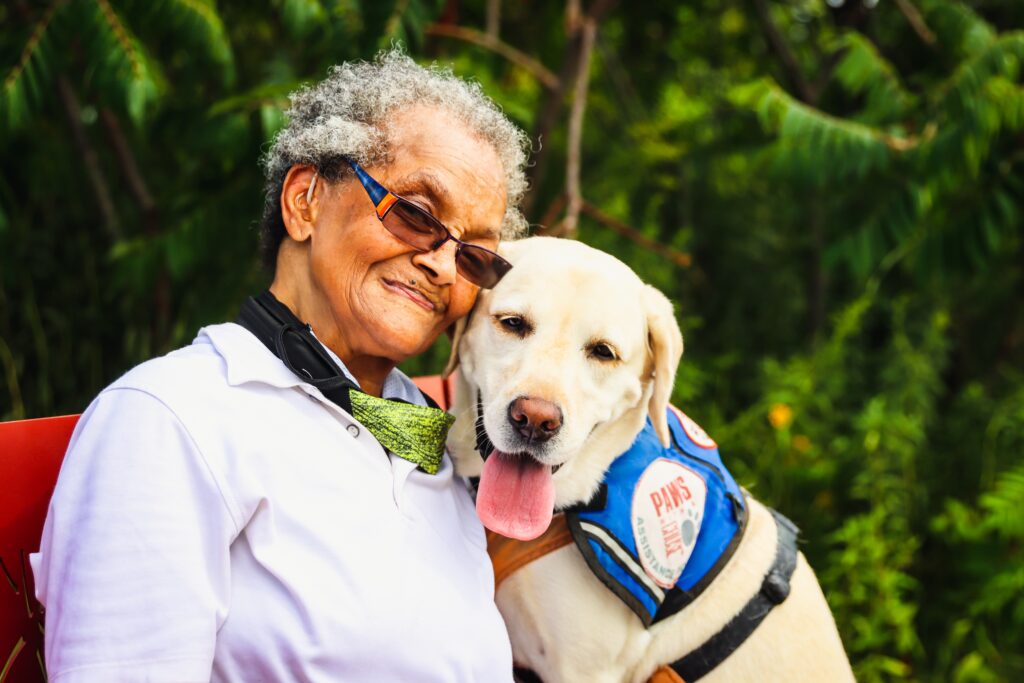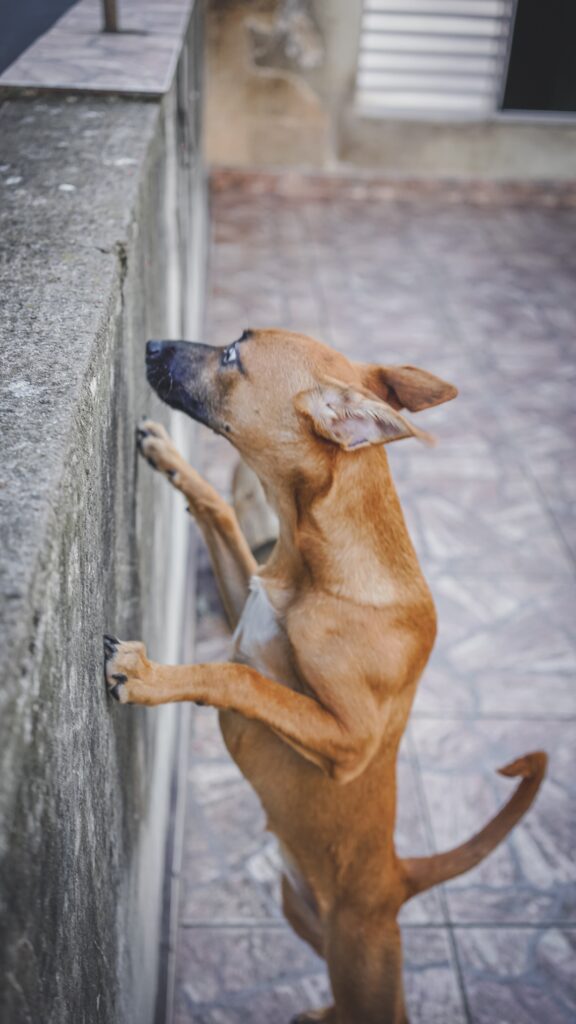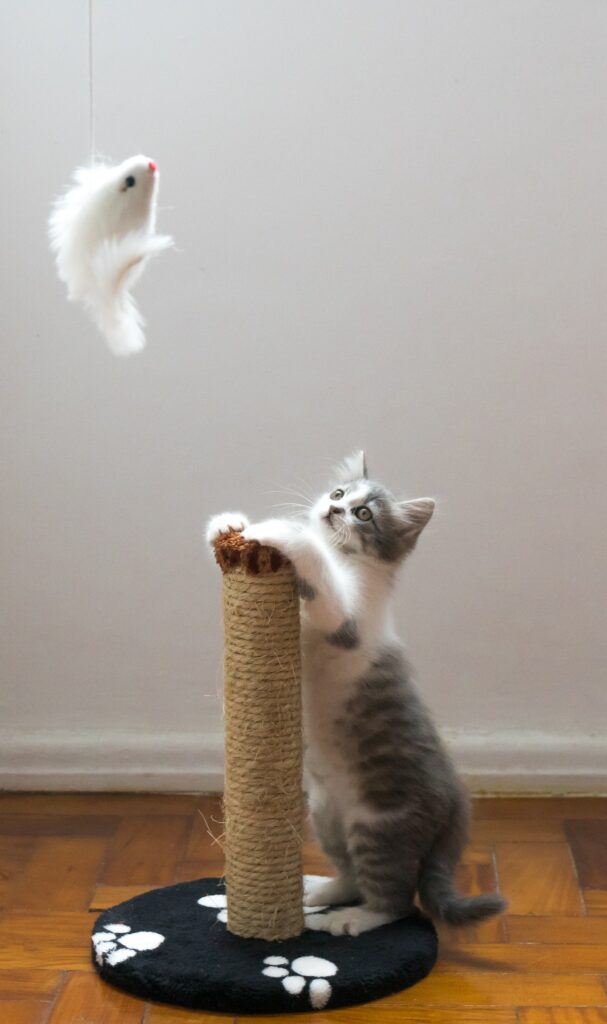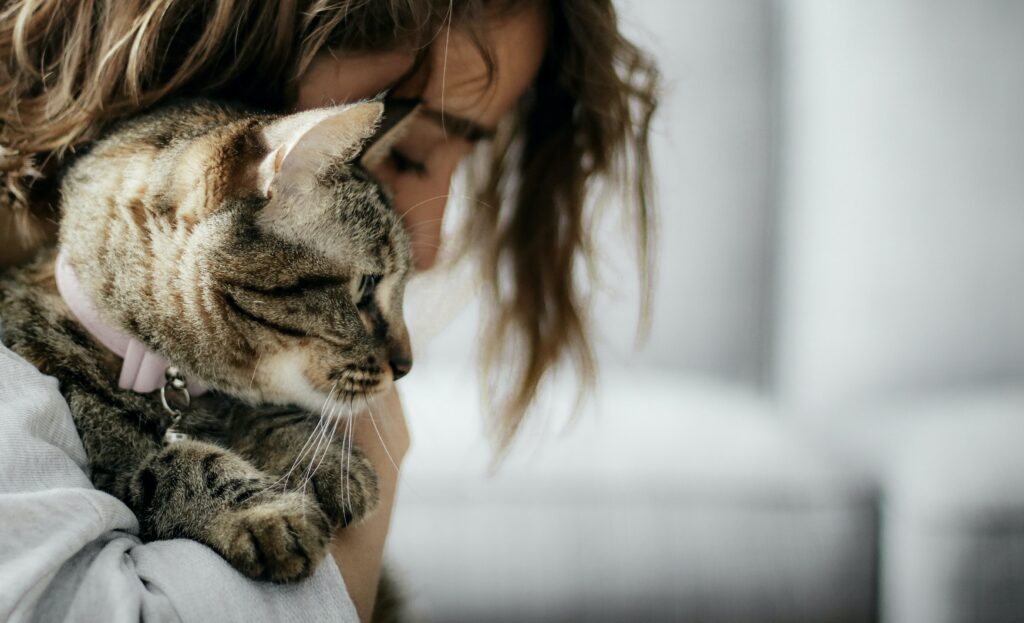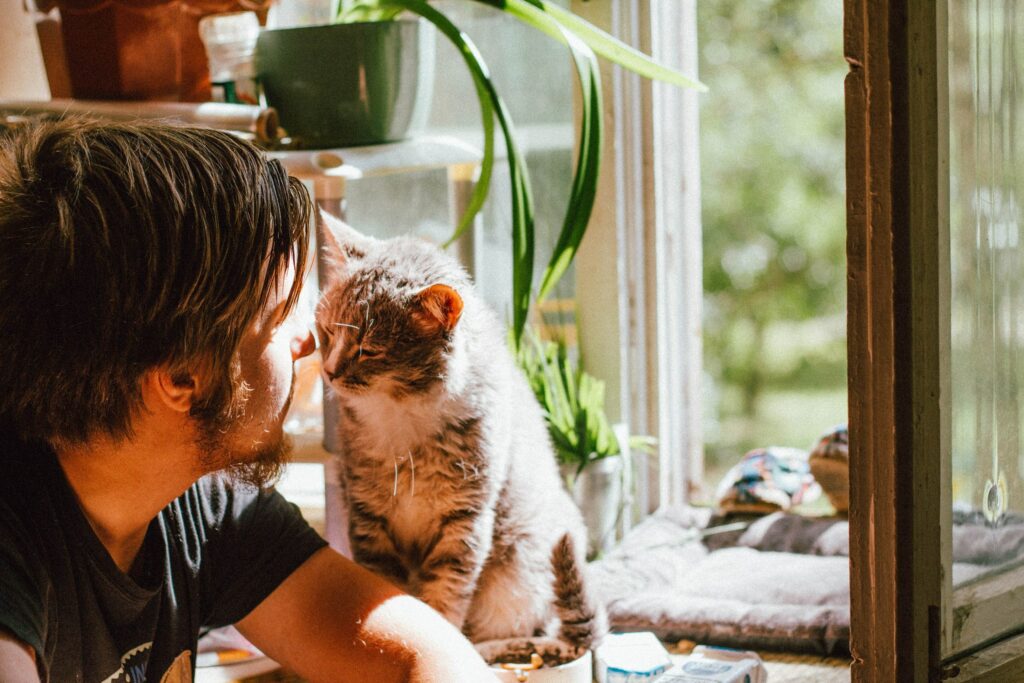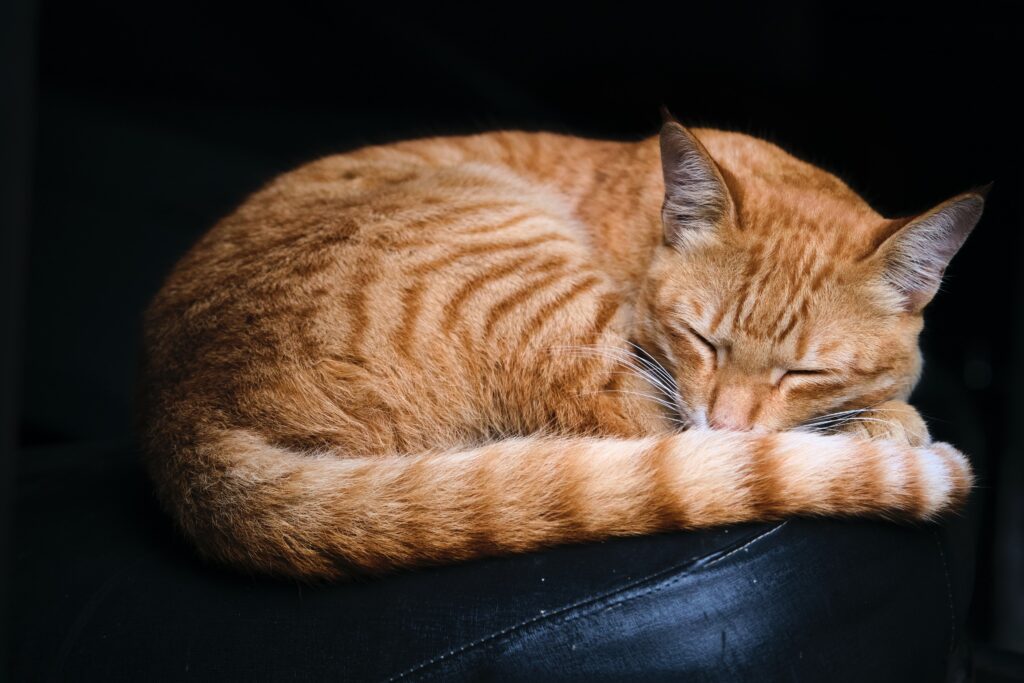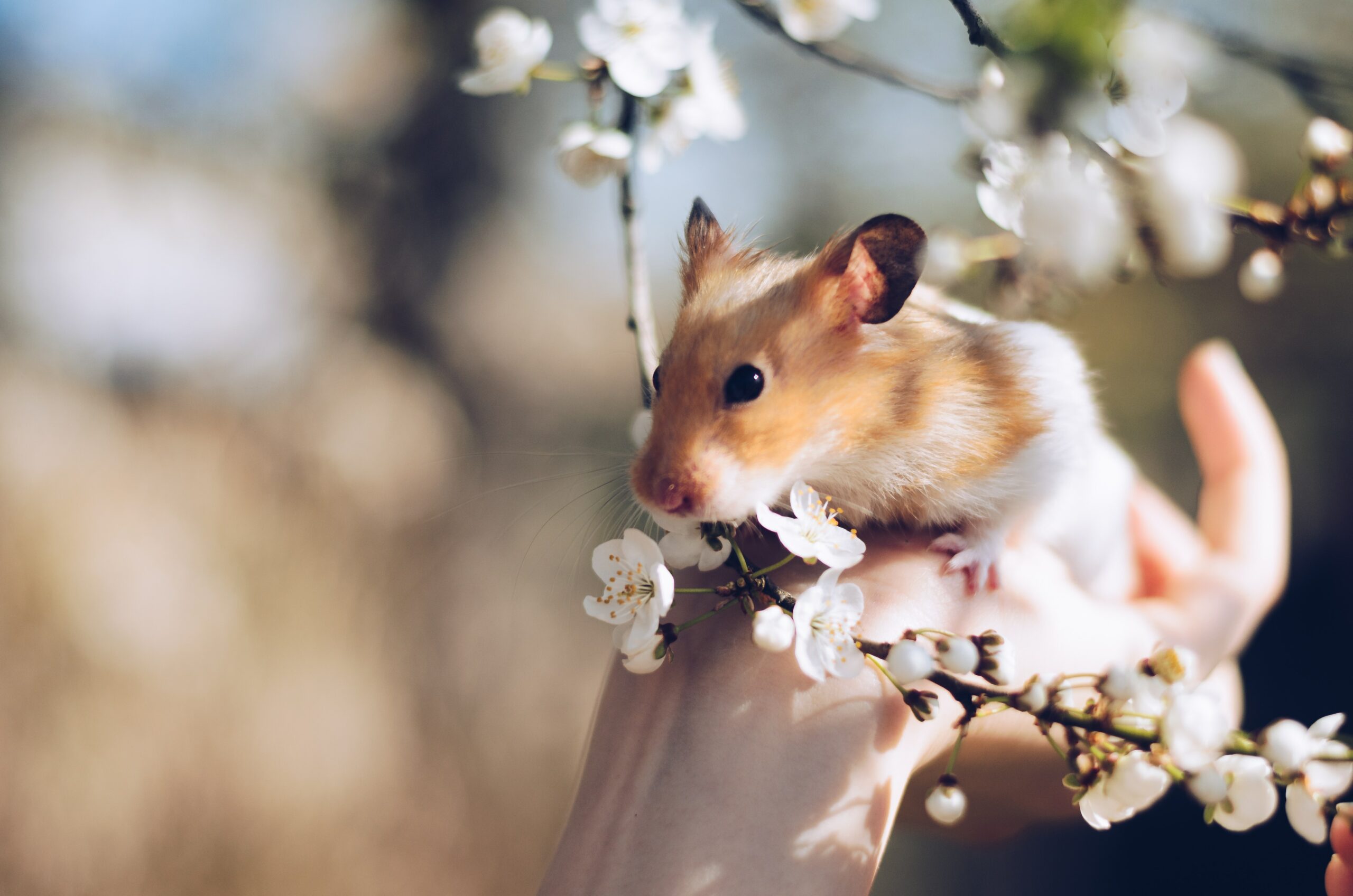
Hamsters are adorable little rodents. It’s a heartwarming sight to see the way they eat their food, run on their hamster wheel and behave in general. They are perfect for people who prefer having a pet that does not take up too much space in their homes. However, many make the mistake of adopting a hamster that may not be compatible with their needs.
Hence it is important to know the types of hamster breeds that exist, and whether they are suited to live with you.
Syrian Hamsters

Syrian hamsters, also known as golden hamsters, can be fantastic companions. They are fairly low-maintenance and easy to tame, making it a suitable breed for first time pet owners.
They have an average lifespan between 2 to 3 years. Their size is usually between 15 to 17cm
Coat Coloring & Features
While their main coat color is Golden, these hamsters tend to have variations:
- Yellow
- Cinnamon
- Grey
- Black
- Cream
- Mink
- Sable
Their features include:
- Golden brown with a lighter belly
- Stubby tail, small eyes and cheek pouches
- Some has long coat
Dietary Requirements
Their diet should include:
- Commercial hamster mixes
- Small pieces of fresh vegetables and fruits, such as:
- Apples
- Pears
- Broccoli
- Cauliflower
- Carrots
- Occasional treats like nuts, grains, seeds, mealworms
Facts About Syrian Hamsters
- Syrian hamsters are territorial mammals and will start fighting other hamsters by the time they mature. they may not be the right hamster for you to adopt if you are considering having more than 1 hamster or other animals in your home.
- They are nocturnal animals which are very active at night.
- They are not naturally prey animals, so loud noises, sharp movements and touch may startle them.
- Long-haired variants require grooming at least once a day. Ensure that you have enough time to dedicate to brushing their fur.
Winter White Hamsters

Winter white hamsters are small hamster species with a social personality. Due to their small size and speed, they can be difficult to hold. However, because they are sociable and can be easily tamed, they are suitable for hamster owners of every experience level.
Winter White hamsters have a lifespan of 1.5 to 2 years, and their size is from 7 to 10cm.
Coat Coloring & Features
The coat of winter white hamsters is actually grayish-brown for most of the year. However, it changes to white during the winter . The purpose of its coat changing to white is because it acts as a camouflage in the snow to protect themselves from predators. Do note that keeping them in captivity does not guarantee the coat color change as they aren’t exposed to the winter light.
Their features include:
- A wide black dorsal stripe along their backs
- Small ears, furry feet and a round face
Dietary Requirements
Their diet should include:
- Keep it balanced
- You can feed them a combination of:
- Fruits
- Vegetables
- Seeds
- Nuts
- Insects
- Hamster Mixes
Facts About Winter White Hamsters
- They are half the size of the Syrian hamster
- They are also known as Russian Dwarf Hamsters
- They can be kept in small groups or same-sex as they are sociable. However, if they start fighting due to their territorial behavior as adults, then it is best to seperate them.
Campbell Hamsters
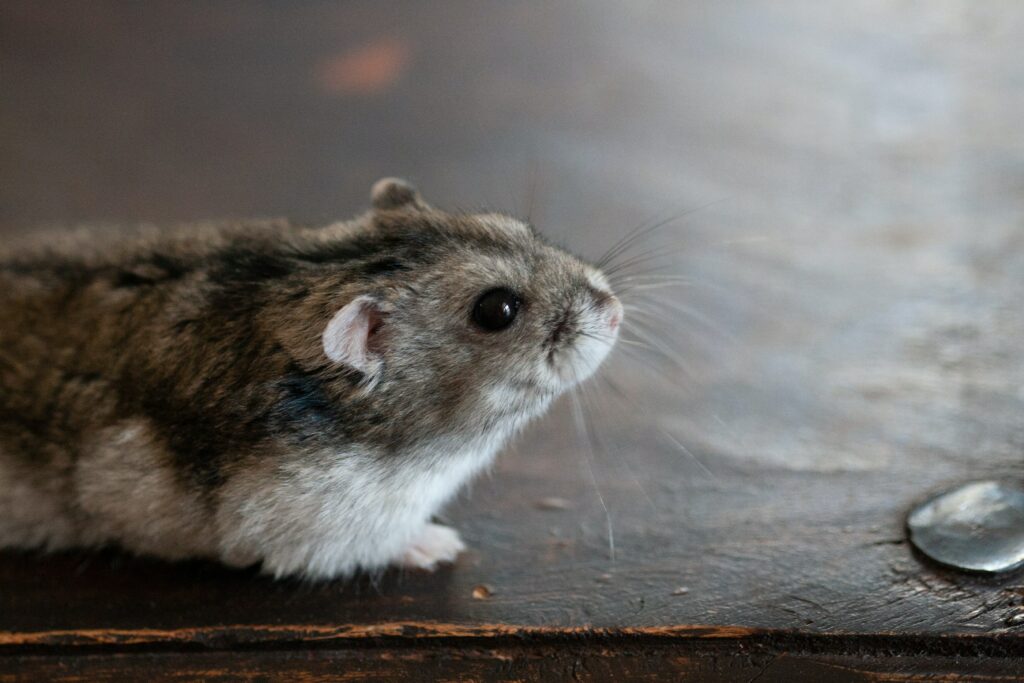
Campbell Hamsters are the most common hamsters that you can find. Due to their popularity, it has led to breeders all around the world to produce different colors and variants of the breed. Currently, there are over 40 different coat colorations.
They are generally low-maintenance and quiet. Hence, it is suitable even for beginners to care for.
Their lifespan is about 1.5 to 2 years old. They are usually about 10cm in size.
Coat Coloring & Features
Campbell hamsters tend to come in these color coats:
- Grey (normal)
- Cinnamon
- Sandy
- White (albino)
Their features include:
- A thin dorsal stripe on back
- Light grey fur on stomach
- Large and upright ears
- Long and thin face
Dietary Requirements
Their diet should include:
- High protein content
- Minimal fruits
The reason for this is because Campbell hamsters are more prone to developing diabetes. Hence, we should minimize sugar intake as much as possible.
Facts About Campbell Hamsters
- The name originated in Mongolia, 1992 by a man named W.C. Campbell.
- They are nocturnal animals, similar to Syrian Hamsters
- Campbell hamsters are more prone to develop diabetes. As a result, minimize sugar intake levels when feeding this breed.
- They have extremely poor eyesight and even worse depth perception. To combat this, they have many scent glands located on the face, behind the ears, on the cheek pouches, near the rectum and genitals.
- The hamster may groom itself when in an unfamiliar location to create a trail to allow them to reburn back to their burrow.
- This is usually done by scenting the feet.
- These scent trails may last up to 8 days.
Roborovski Hamsters
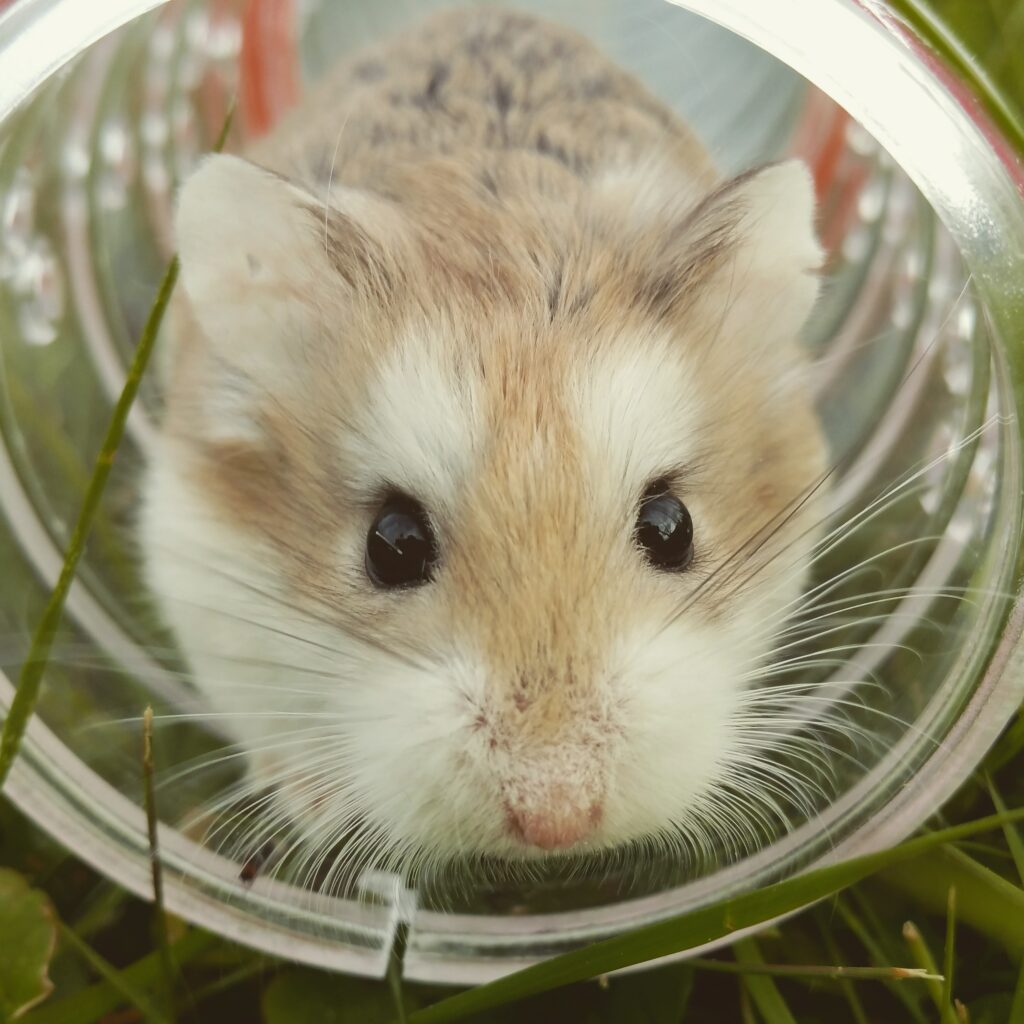
Roborovski hamsters are often regarded as the cutest and smallest hamsters out of all the species. They are very playful, curious and will try out anything. Despite being extremely shy, they can be sociable, so it is fine to keep them in groups, compared to solitary breeds like the Syrian hamsters.
However, due to their difficulty in handling, you should only adopt them if you are an experienced pet owner.
Their lifespan tends to be 3 to years, with some having gone higher than that . Their size measures at 5 to 7cm.
Coat Coloring & Features
These hamsters come in a range of colors, including:
- Sand-colored (Common)
- Agouti
- Cinnamon
- Cream
- Husky
- Head spot
- Black-eyed white
- Mottled
- Dominant spot
Features include:
- White fur around nose, base of ears, belly, tail and legs
- Do not have dorsal stripes
Dietary Requirements
Feed a tablespoon of hamster mix and small amounts of fresh food daily. This is because they have very fast metabolisms.
Facts About Roborovski Hamsters
- They ar eless prone to illnesses and injuries compared to Syrian, Chinese and Winter White hamsters.
Despite that, they may still be prone to:- Broken bones
- Allergies
- Mites or ticks
- Overgrown claws and teeth
- Provide them with a lot of toys as they are very active
- They tend to be active during the night and early morning
- They have longer lifespans compared to other hamster breeds
- Keep them away from children as the hamster is very fragile, and can resort to biting when provoked.
Chinese Hamster

These hamsters come from the deserts of China and Mongolia. They are very friendly and don’t nip frequently. However, you should provide them with a lot of attention to prevent behavioral problems as they rely on interaction.
These hamsters have a lifespan of 2.5 to 3 years with a size of 8.2 to 13cm.
Coat Coloring & Features
They tend to have a brown coat with thin black dorsal stripes along their backs. Their fur color is white on their stomach.
Their features include:
- Round, upright ears
- Pointed nose
Dietary Requirements
Chinese hamsters will benefit from:
- Hamster food
- Fruits and Vegetables
- Nuts
- Grains
- Seeds
- Insects
Facts About Chinese Hamsters
- Provide them with constant attention to keep them satisfied. This is to prevent them from provoking unnecessary behavior such as chewing on objects. You can try using small animal toys to keep them entertained.
- They’re often mistaken as mice due to their pointed nose and noticeable tail. They have an uncommonly long tail compared to other hamsters.
- They have an uncommonly long tail compared to other hamsters.
- To tell the difference between a mouse and a Chinese hamster:
- Look at the tail of the animal. Mices have tails as long as their body, which can go up to inches long.
- Another way to tell is that hamsters in general are nocturnal animals, while mices can choose to stay active throughout the day.
- This breed is territorial, so keep them away from other household pets or hamsters.
Hybrid Dwarf Hamsters
Hybrid Dwarf Hamsters were created as a result of crossbreeding. They may be harder to take care of, as crossbreeding may lead to potential health issues such as diabetes, a common disease in Campbell Hamsters. They are also known to develop neurological and behavior problems. For instance, the hamster may show aggression and start biting. Due to their aggressive nature, this often leads to them being neglected, abandoned or euthanized.
In addition, they may also have a shorter lifespan of less than 2 years. Hence, adopting Hybrid Dwarf Hamsters is only recommended if you are a very experienced and patient pet owner willing to constantly show care for them.
Coat Coloring & Features
The Hybrid Dwarf hamsters may shar the same coat coloring as Winter White or Campbell hamsters as they were cross-bred. However, crossbreeders have managed to obtain new color mutations.
These color mutations are:
- Tangerine
- Mushroom
- Orange
- Brown
- Moscow
These colors are banned from shows and competitions, as they are not considered as “purebred”.
Dietary Requirements
Hybrid Dwarf hamsters may follow the typical diet of other hamster breeds. However, keep in mind to minimize the sugar intake since it is inheriting the trais of a Campbell hamster, which is more prone to developing diabetes.
Facts About Hybrid Dwarf Hamsters
- The crossbreeds involved in the creation of these hamsters are the Winter White and Campbell hamsters.
- Their chances of inheriting diseases from their parent breed is very likely. For example, they may develop diabetes as their parent Campbell hamsters have a history of such disease.
Understanding the Breed’s Differences
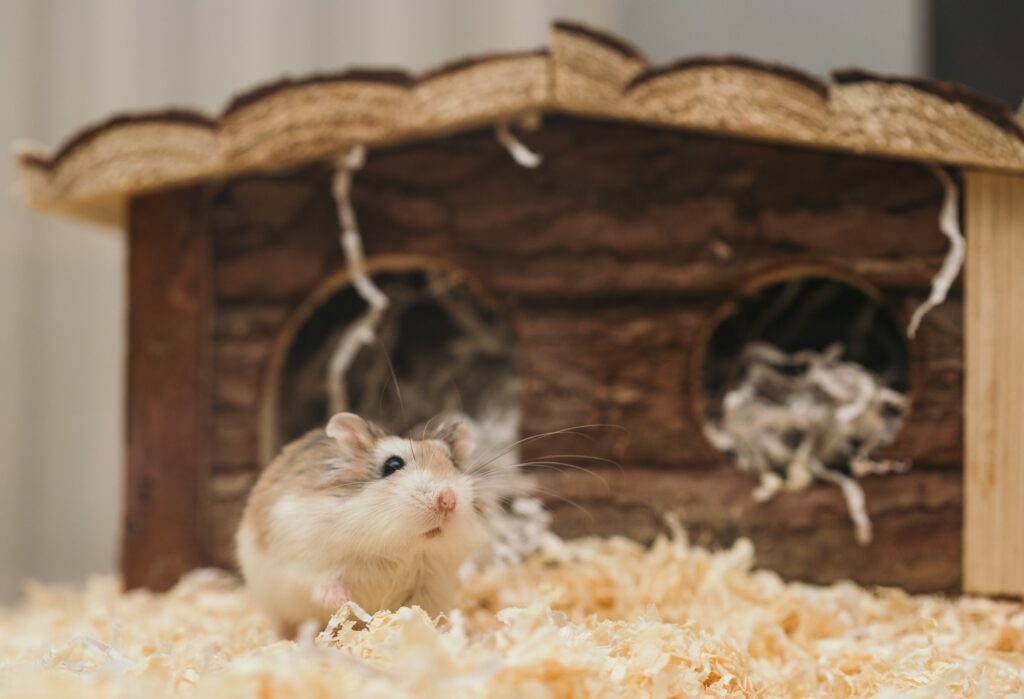
Each hamster breed has their own fair share of differences. Their behavior may also vary depending on their age and environment. However, this is not something to fear! As long as you have familiarized yourself with how you can take care of your hamster, there shouldn’t be any issues too severe to be handled.
Always be sure to:
- Clean their cages weekly
- Feed them their meal
- Note their dietary requirements
- Give them attention when possible
- Visit a vet if they fall sick
- Ensure they have plenty of exercise
- Do more research as to how you can improve their quality of life
To have more in-depth knowledge, we have a blog post detailing on how you can take care of your hamster, as well as precautions you can take if you were to get a hamster for your child.
We hope this blog serves you well in determining the kind of hamster that you would like to adopt. If you already have adopted one, we hope that you have learned something regarding your hamster’s breed.
Considering adopting a hamster or any pets in general? Feel free to give this blog post a read!





































